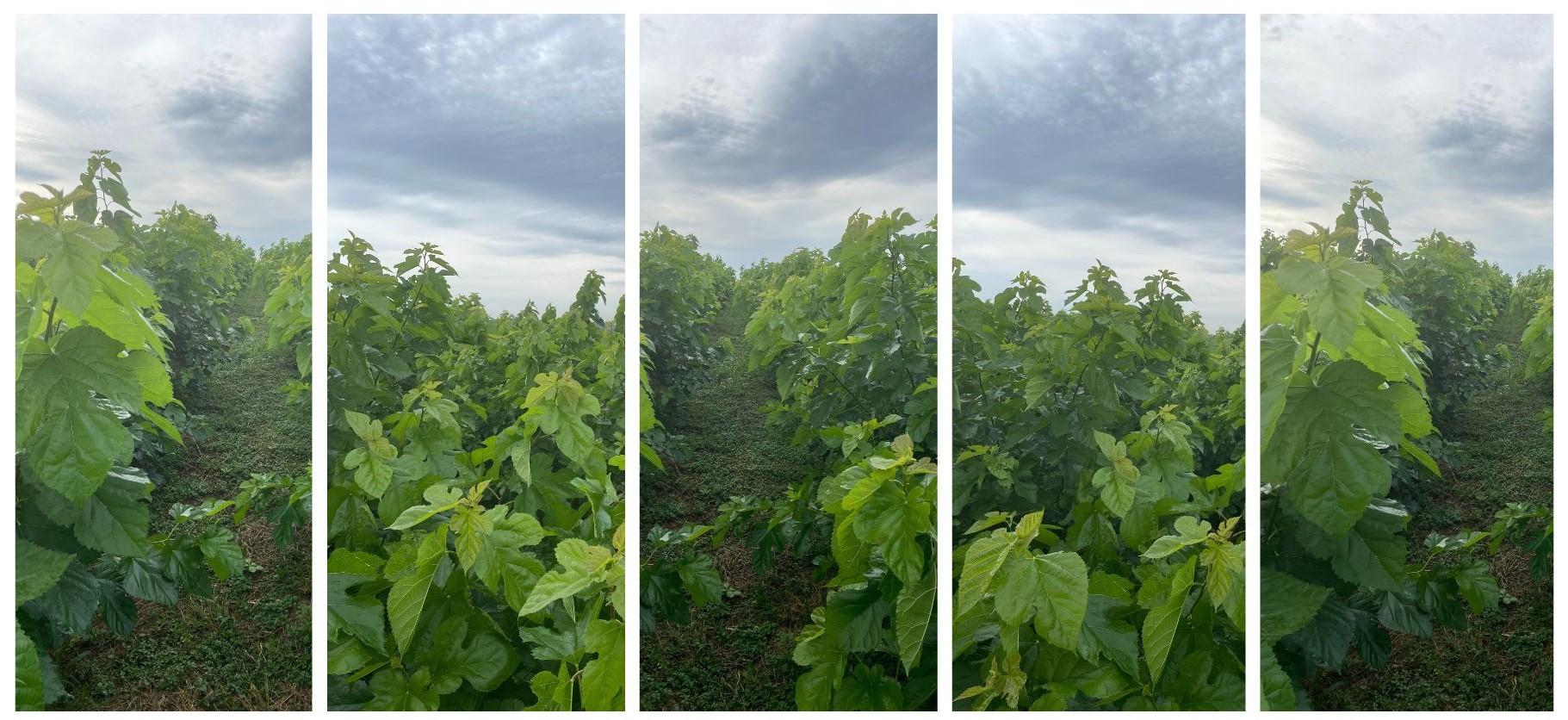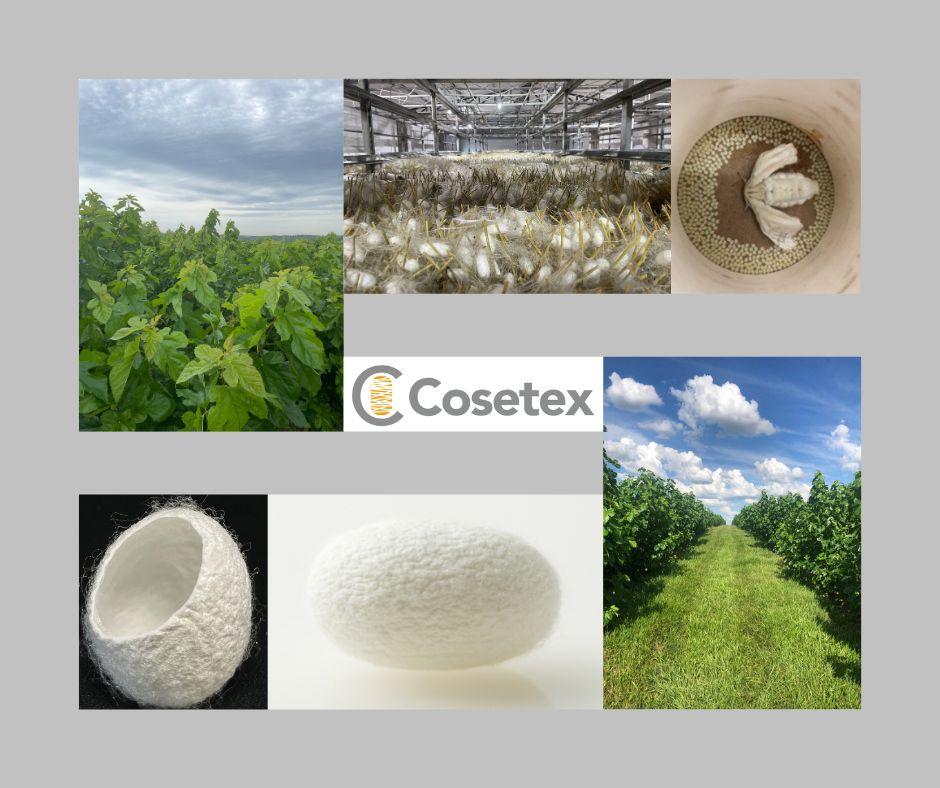Organic silk – silk cocoons and certified bio silk fibre
Organic silk – silk cocoons and certified bio silk fibre
An innovative organic silk and regenerative agriculture project
Cosetex combines its skills, history and study of waste silk fibres in natural textiles and sustainable products, the result of more than 120 years of experience in natural organic silk and silk waste, for the production of innovative certified organic silk cocoons and bio silk fibres: silk cocoons, silk cut cocoons and silk cut and clean cocoons, silk waste fibre with organic product certification.
With this innovative project, Cosetex achieves very high quality standards by offering production of silk cocoons, cut and cleaned silk cocoons, silk fibre and in the future, certified organic yarns from agriculture and organic cultivation on the most important European and US certification schemes.
How Silk is produced – The production system
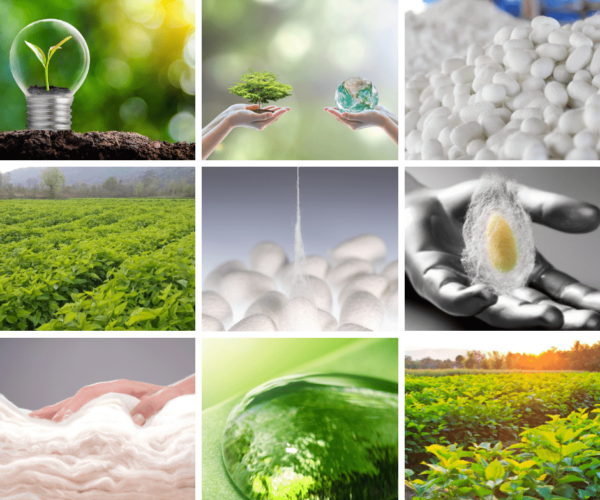
The production system of organic silk involves a series of sectors and very varied elements:
- It is part of the agricultural sector, linked to the cultivation of mulberry
- It is part of the livestock sector, linked to the breeding of the lepidopteran, Bombix Mory, so that it leads to the production of the silk cocoon
- It is an industrial craft sector linked to obtaining yarn and bio silk waste fibre
The first two sectors, which are the basis of silk production and quality, have often been neglected in favour of the more properly productive aspect.
What is organic silk certification?
The organic certification for organic silk cocoons and bio silk from organic fibre, linked to the agricultural, livestock and primary processing sectors, focuses on some fundamental aspects of the production chain:
- Cultivation that respects the environment and the territory
- No use of dangerous synthetic chemicals
- Rotation and care of the soil for its nourishment and conservation
- Cover agriculture
- Use of natural fertilisers and antagonistic insects for the respect of biodiversity
- Favouring mechanical cultivation
- No use of feed, veterinary drugs or unhealthy cultivation methods
- Control and prohibition of GMOs
- Respect and analysis of land quality with buffer zones and a conversion period
- Decontaminated land, crops and livestock
- Continuous and prescriptive control of the rules of cultivation, breeding and primary processing
What are the certifications for textiles and silk? – The Cosetex case
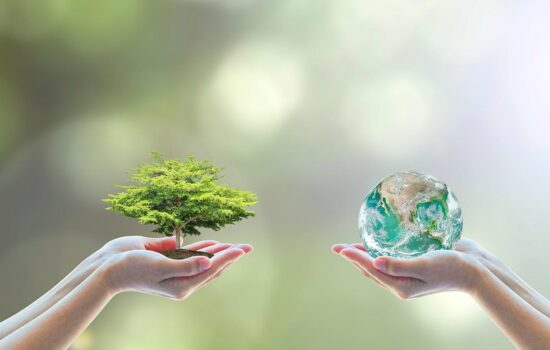
Cosetex has always ensured its activity is carried out with respect, ensuring the conservation and promotion of silk, organic silk, bio silk and its qualities and excellence. It has been the first company in its field to believe in and obtain certifications that are capable of guaranteeing the consumer and the producer guarantees of quality and ethics:
Silk products from organic certification – Back to nature with innovation
Innovation is such if it allows you to return to the origin by enhancing the distinctive elements of a product, the silk cocoon, which is a product of nature
The philosophy
- To aim for a certification not only of the product and process, but that starts from the elements that have created the natural textile fibre par excellence with unattainable chemical, physical and functional characteristics
- To define and guarantee clear and safe formulations from the selection of the egg, to the cultivation of the mulberry tree, to the feeding of the silkworm, to the production of the silk cocoons, to the primary processing after its collection.
Implementation
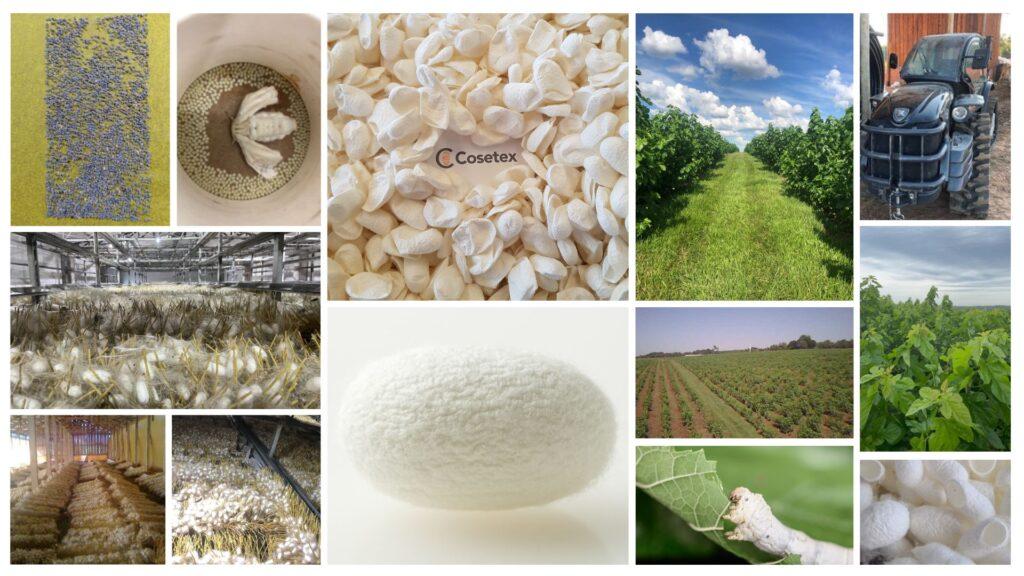
Innovation is such if it represents the authentic will to present to the market a new way of revolutionising its history, at the same time as respecting it
- A field of many hectares completely dedicated to the cultivation of the mulberry tree
- Innovative sub-irrigation system powered by pure groundwater and rainwater
- Elimination of synthetic chemicals and fertilisers
- Mechanical soil management techniques
- Additional crop rotation and cover crops
- Areas of native forest for the development of antagonistic insects and biodiversity
- Selection of eggs and crossbreeding to naturally avoid endemic diseases
- Breeding of the silkworm with organic breeding techniques
- Productions dedicated to procreation and the production of eggs
- Feeding with highly controlled mulberry leaves
- Production of the silk cocoon in a controlled environment
- Semi-processing with biological parameters
- Adequate times for production
- Location outside the Chinese geographical area
Products
Innovation is such if its culminating and final point is a product that is capable of representing the rediscovery of the past in a modern way
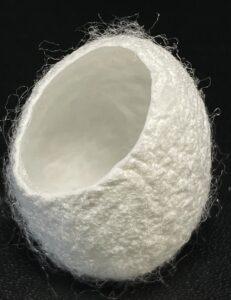
- Silk cocoons
- Cut silk cocoons
- Cut and clean silk cocoons
- Silk fibre from silk cocoon
- “Sheets” of natural silk cocoon
- Waste silk fibre
Possible uses for certified organic silk products
The perfect traceability of organic silk products of cocoons and bio silk certified fibre, as it is linked to a single and exclusive production company, quality and organic control, respect for the environment, the creation of CO2 capture areas, 360-degree quality allows you to enhance and make available the excellence of natural silk proteins
New challenges and opportunities that will be able to lead silk fibre to become not only the fibre, but the material of the future in fields beyond textiles:
- Silk and Biomedical
- Silk and Medical
- Silk and Food
- Silk and Cosmetics
- Silk and Biotechnology
- Silk and Medicine
- Silk and Research
- Silk and Treatments
- Silk and Innovative Uses
- Silk and Aerospace
